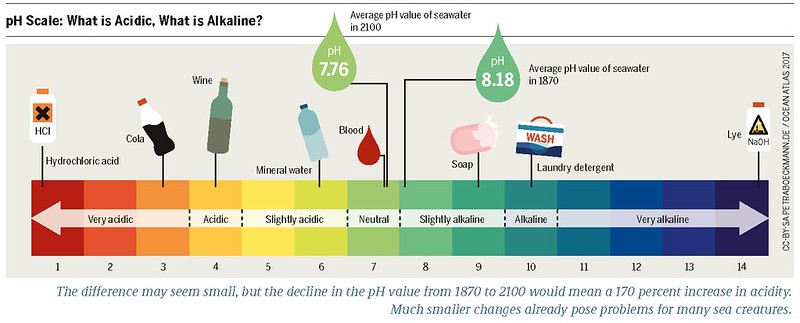The pH of sodium borate, also known as borax, in water is approximately 9.2. This alkaline pH can have potential problems when added to pool water, such as raising the pH too high and increasing total alkalinity (TA), which can make it difficult to maintain proper water balance. Boric acid, on the other hand, has a much lower pH of 3.8-4.8 and can be used to increase borate levels in pool water without significantly affecting pH.
Understanding Sodium Borate and its pH
Sodium borate, or borax, is a naturally occurring mineral compound that is commonly used in various applications, including as a water softener, detergent, and in the production of glass and ceramics. When dissolved in water, sodium borate has a pH of around 9.2, making it a moderately alkaline solution.
The high pH of sodium borate can be problematic when added to pool water, as it can raise the overall pH and total alkalinity (TA) of the water. This can make it challenging to maintain the ideal pH range of 7.2-7.8 and the recommended TA range of 80-120 ppm, which are essential for proper water balance and the effectiveness of other pool chemicals.
Boric Acid as an Alternative
To address the pH issues associated with sodium borate, pool owners and professionals often turn to boric acid as an alternative. Boric acid has a much lower pH, typically ranging from 3.8 to 4.8, which means it can be used to increase borate levels in pool water without significantly affecting the pH.
When adding boric acid to raise borate levels, the pH drop is typically only about 0.2 for a 50 ppm dose. This allows pool owners to maintain the desired pH range while still benefiting from the advantages of borate, such as improved water clarity, reduced chlorine demand, and enhanced algae control.
Measuring Borate Levels
To ensure proper borate levels in pool water, it’s essential to regularly test and monitor the borate concentration. This can be done using borate test strips, which are available from various manufacturers such as LaMotte, ITS, Hach, and Taylor.
These test strips provide a quick and easy way to measure the borate levels in the pool water, allowing pool owners and professionals to make informed decisions about the need for adjustments or additional borate additions.
The recommended borate range for pools is typically between 50-60 ppm. Maintaining this range can help optimize the benefits of borate while avoiding potential issues related to pH and total alkalinity.
Handling and Safety Considerations
While sodium borate and boric acid are generally stable and safe for use in pool water, it’s important to handle these chemicals responsibly and follow recommended safety guidelines.
Excessive consumption of boric acid can be harmful, with minimum oral lethal doses estimated to be in the range of 5-20 g for adults and 3-6 g for children. Therefore, it’s crucial to keep these chemicals out of reach of children and pets, and to follow the recommended dosages when adding them to the pool water.
When handling sodium borate or boric acid, it’s also important to wear appropriate personal protective equipment (PPE), such as gloves and eye protection, to minimize the risk of exposure or accidental ingestion.
Maintaining Proper Water Balance
To ensure the optimal performance and safety of your pool, it’s essential to maintain proper water balance, including the pH and total alkalinity levels. By understanding the pH of sodium borate and utilizing boric acid as an alternative, pool owners and professionals can effectively manage borate levels without significantly impacting the overall water chemistry.
Regular testing, monitoring, and adjustments, as needed, can help ensure that the pool water remains within the recommended ranges for pH, total alkalinity, and borate concentration. This, in turn, can help maintain the overall health and longevity of the pool system.
Conclusion
The pH of sodium borate in water is an important consideration for pool owners and professionals. While sodium borate has a relatively high pH of around 9.2, boric acid can be used as an alternative to increase borate levels without significantly affecting the pH.
By understanding the pH of these compounds and utilizing appropriate testing and monitoring techniques, pool owners can effectively manage borate levels and maintain proper water balance. Responsible handling and adherence to safety guidelines are also crucial when working with these chemicals.
By following these best practices, pool owners can enjoy the benefits of borate while ensuring the overall health and longevity of their pool system.
References
- Understanding Borate – Water Shapes. (2022, May 3). Retrieved from https://watershapes.com/understanding-borate/
- Borax – Wikipedia. (n.d.). Retrieved from https://en.wikipedia.org/wiki/Borax
- Guide to Borate for Pools – Pool Chemistry Training Institute. (n.d.). Retrieved from https://poolchemistrytraininginstitute.com/guide-to-borate-for-pools/.

